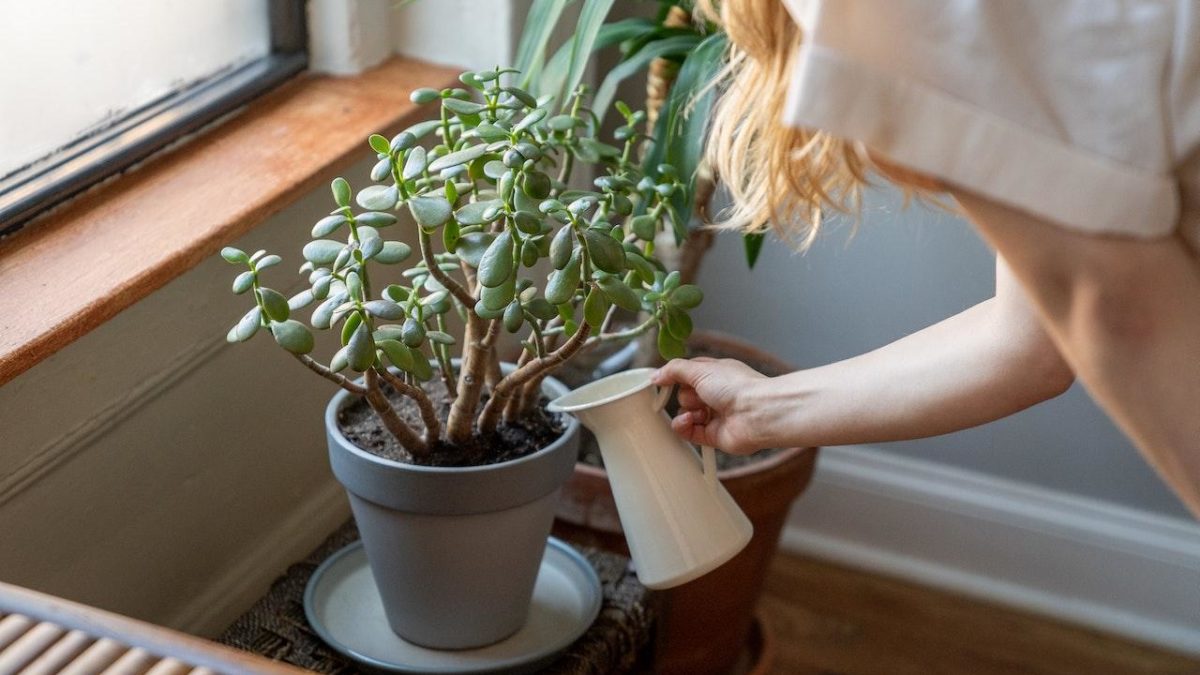“The key to keeping your houseplants healthy is to give them the attention they need. Pay attention to their watering needs, fertilize them regularly, and don’t forget to dust them off.” -Horticulturist and Garden Designer, Barbara Wise.
You can never go wrong with a slow-growing plant especially if you’re looking for a low-maintenance houseplant. These plants are ideal for busy people who don’t have a lot of time to care for their plants.
Slow-growing plants are also great for beginners. They’re easy to care for and don’t require a lot of attention. If you’re new to plant care, start with a slow-growing plant.
The Benefits Of Having Indoor Plants
Indoor plants are not only aesthetically pleasing, but they also have many benefits for your health. Studies have shown that indoor plants can improve air quality, reduce stress levels, and boost your mood.
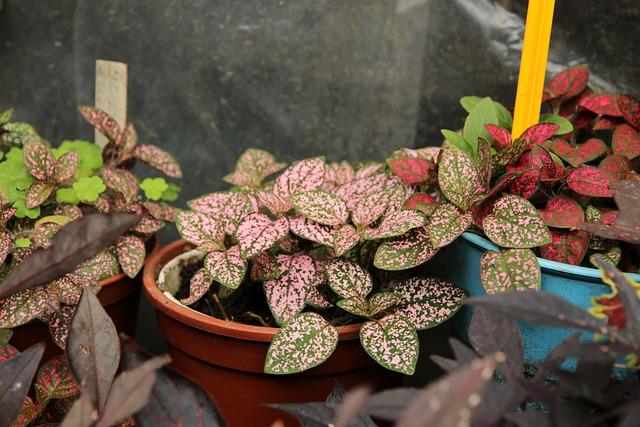
Here are a few reasons why you should consider getting some plants for your home.
1. Indoor plants improve air quality
One of the most important benefits of indoor plants is that they help to improve the air quality in your home. Plants act as natural air filters, and they can help to remove harmful toxins from the air. This is especially important if you live in an urban area where the air quality is often poor.
2. Indoor plants reduce stress levels
Having plants in your home can also help to reduce your stress levels. Studies have shown that being around plants can help to lower your blood pressure and heart rate. This is likely due to the fact that plants help us to feel more connected to nature, which can be calming.
3. Indoor plants boost your mood
Another benefit of indoor plants is that they can help to boost your mood. This is likely due to the fact that plants help to improve the air quality in your home, as well as the fact that they can help to reduce stress levels.
4. Indoor plants are low-maintenance
One of the great things about indoor plants is that they are relatively low-maintenance. Unlike outdoor plants, indoor plants don’t require as much care. They can also tolerate lower light levels, which makes them ideal for homes where there isn’t a lot of natural light.
5. Indoor plants are a great way to add some life to your home
If you’re looking for a way to add some life to your home, indoor plants are a great option. They can help to brighten up a room and make it feel more inviting. Plants also make a great addition to any home decor.
Care requirements for Indoor plants
Different types of indoor plants have different care requirements. Some need more light than others, some need more water, and some need to be fertilized more often.
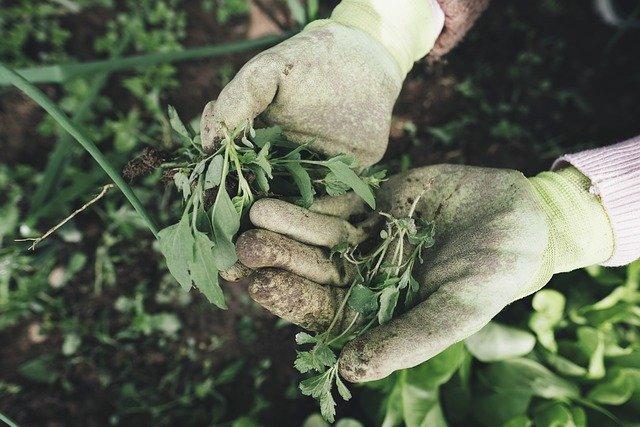
Here are some tips for caring for different types of indoor plants:
- If you have a plant that needs a lot of light, put it near a window where it can get direct sunlight.
- In case your plant needs a lot of water, water it more often than other plants.
- If you have a plant that needs to be fertilized more often, fertilize it more often than other plants.
How To Choose The Right Plant For Your Home
There are a few things to consider when choosing a plant for your home.
- Think about the amount of light that the plant will need. If you have a dark corner in your home, then a plant that doesn’t need much light is a good choice.
- Consider the amount of water your plant will need. If you’re not great at remembering to water plants, then choose a plant that doesn’t need too much water.
- Think about whether you want a plant that flowers or not. Some people prefer plants that are always green, while others like plants that have colorful flowers.
Once you’ve considered these things, you can start to narrow down your choices. Take a look at some plants that fit your criteria and see which one you like the best. Once you’ve found the perfect plant for your home, be sure to care for it properly so it will thrive.
How To Care For Your Indoor Plants
1. Watering
Indoor plants need to be watered regularly, about once a week or as needed. The best way to water your plants is to soak the soil thoroughly and then let the excess water drain out. Be careful not to overwater, as this can lead to root rot.
2. Light
Indoor plants need bright, indirect light to thrive. If you don’t have a lot of natural light in your home, you can use grow lights to provide the plants with the light they need.
3. Temperature
Most indoor plants prefer to be in a room that is between 65 and 75 degrees Fahrenheit. If your home is warmer or cooler than this, you may need to adjust accordingly.
4. Humidity
Indoor plants need a humid environment to thrive. You can increase the humidity around your plants by misting them regularly or using a humidifier.
5. Fertilizer
Indoor plants need to be fertilized about once a month. You can use a liquid fertilizer or a slow-release fertilizer. Be sure to follow the directions on the package.
6. Potting and repotting
As your plants grow, they will need to be repotted into larger pots. Be sure to use a potting mix that is designed for indoor plants. You can repot your plants every year or as needed.
7. Pests and diseases
Indoor plants can sometimes be susceptible to pests and diseases. Be sure to check your plants regularly for signs of problems. If you see anything, you can try to remove the pests or diseases with a pesticide or fungicide.

The Best Ways To Water Your Indoor Plants
There are a few things to keep in mind when watering your indoor plants:
- Check the soil before watering. If the soil is dry, then it’s time to water. If the soil is still moist, then wait until it dries out a bit before watering again.
- Water the plant until the water runs out of the bottom of the pot. This will ensure that the plant is getting enough water.
- Ensure to empty the drainage tray after watering. This will prevent the plant from sitting in water, which can lead to root rot.
- Finally, water your plants early in the day so that they have time to dry out before evening. This will help prevent fungal diseases.
How To Fertilize Your Indoor Plants
It is important to fertilize your indoor plants regularly in order to keep them healthy and growing. There are a few things to keep in mind when fertilizing, such as the type of fertilizer to use and how often to fertilize.
The type of fertilizer you use will depend on the type of plants you have. For example, if you have flowering plants, you will want to use a fertilizer that is high in phosphorus. If you have foliage plants, you will want to use a fertilizer that is high in nitrogen.
It is also important to know how often to fertilize your plants. In general, you should fertilize every two weeks during the growing season and every month during the dormant season. However, you may need to fertilize more often if your plants are growing slowly or if they are showing signs of nutrient deficiency.
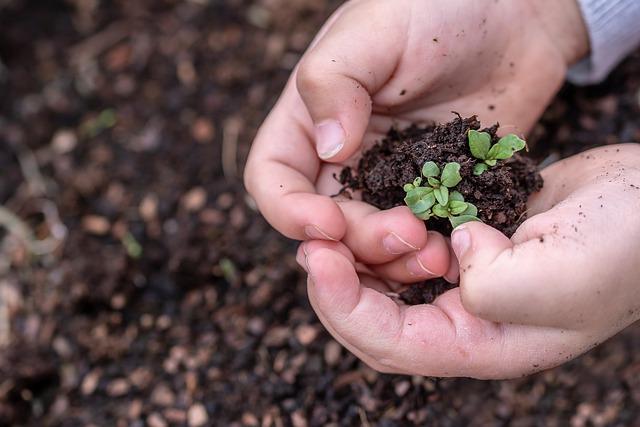
When fertilizing, be sure to follow the directions on the fertilizer label. You should also avoid getting fertilizer on the leaves of your plants, as this can burn them. Apply the fertilizer around the base of the plant, taking care to not touch the plant itself.
After fertilizing, water your plants well to help the fertilizer reach the roots. Then, sit back and enjoy your healthy plants!
How To Deal With Pests And Diseases In Your Indoor Plants
If you notice pests or diseases in your indoor plants, there are a few things you can do to help them out.
- Try to identify the problem. If it’s aphids or whiteflies, you can try using an insecticidal soap or horticultural oil. These will kill the pests without harming your plants. But if the problem is something like root rot, you’ll need to figure out what is causing it and try to fix that. Root rot is often caused by too much water, so you might need to water your plants less often.
- Once you’ve identified the problem, you can take steps to fix it. If you have pests, you can use insecticidal soap or horticultural oil. These will kill the pests without harming your plants. If the problem is something like root rot, you’ll need to figure out what is causing it and try to fix that
- Taking care of indoor plants can be tricky, but it’s worth it when you see them thriving. By taking the time to deal with pests and diseases, you can help your plants stay healthy and look their best.
The Best Potting Mix For Indoor Plants
Indoor plants are usually grown in pots or containers. The type of potting mix you use can make a big difference in how well your plants grow.
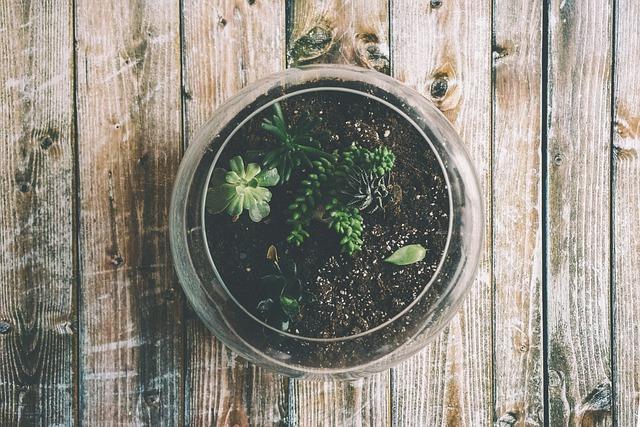
There are three main types of the potting mix: peat-based, coir-based, and soil-based.
- Peat-based mixes are made from sphagnum peat moss and are often used for plants that need acidic soil, such as African violets.
- Coir-based mixes are made from coconut fiber and are good for plants that like to keep their roots moist.
- Soil-based mixes are made from garden soil and are good for plants that need well-drained soil.
When choosing a potting mix, it is important to consider the needs of your particular plants. If you are not sure which type of mix is best for your plants, ask a gardening expert or your local nursery.
Here are some tips for potting indoor plants:
- Use a clean pot or container. Wash it with soap and water to remove any dirt or residue.
- Fill the pot about two-thirds full with a potting mix.
- Gently tap the pot on the ground to settle the mix.
- Make a small hole in the center of the mix and place your plant in the hole.
- Fill in around the plant with a potting mix, gently tamping it down as you go.
- Water the plant well.
- Place the pot in a location that is appropriate for the plant’s needs. Most indoor plants need bright, indirect light.”
How To Repot Your Indoor Plants
Repotting is a great way to give your plants a fresh start, and it can also help them to grow more vigorously.
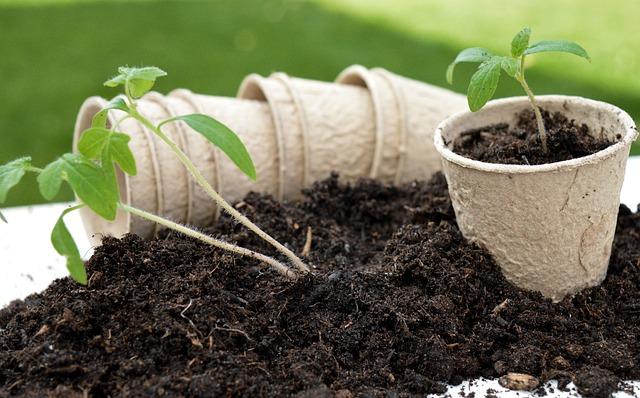
There are a few things to keep in mind when repotting your plants.
- Make sure that you have a pot that is large enough to accommodate the roots of your plant. You don’t want the roots to be cramped, as this can stunt the plant’s growth.
- Use a good-quality potting mix. This will give your plant the nutrients it needs to thrive.
- Finally, when you’re repotting your plant, be sure to handle it gently. Avoid damaging the roots, as this can also impede the plant’s growth.
With these tips in mind, you’re ready to repot your indoor plants!
Bonus Tips
- Fertilize once a month with a half-strength solution of liquid fertilizer.
- Water when the soil feels dry to the touch.
- Place in a bright location, but out of direct sunlight.
- Rotate the plant every few days so that all sides receive an equal amount of light.
- Prune as needed to maintain the desired shape.
Frequently Asked Questions
- What are some general tips for caring for slow-growing plants?
Slow-growing plants typically need less water and fertilizer than fast-growing plants. They also benefit from being in a shady spot. Be sure to check the specific needs of your plant before you buy it.
- What if my slow-growing plant starts to yellow or wilt?
This could be a sign that the plant is not getting enough water. Check the soil to see if it is dry. If it is, water the plant and see if it recovers. If the plant does not recover, it may be a sign that it is not getting enough light. Move it to a spot where it will get more light.
- What if my slow-growing plant starts to get leggy?
This could be a sign that the plant is not getting enough light. Move it to a spot where it will get more light.
Conclusion
Slow-growing houseplants are a great way to add some greenery to your home without having to worry about them outgrowing their space. Some tips on how to care for slow-growing houseplants include giving them plenty of bright, indirect light, watering them when the soil is dry to the touch, etc. Check the post above for further tips on how to care for your slow-growing plants.
Michelle Wilde
Related posts
![]()
About Michelle Wilde
Michelle Wilde is a stay-at-home mom and avid plant lover. Armed with a post-graduate degree in Computer Science (no kidding!), she loves researching plants and landscapes. When she is not caring for her 4 kids, she spends time on her passion for plants. She blogs at www.indoorplantschannel.com, the trusted source for indoor plants.
Learn more
Subscribe
* You will receive the latest posts and updates about indoor plants!
Search
Recent Posts
Categories
- Beginner Guides (10)
- FAQ (206)
- General (2)
- How-To Guides (212)
- Indoor Plants (214)
- Pest Management (2)
- Plant Problem Solutions (4)
- Seasonal Growing (2)
- Specialized Environments (2)
- Specific Plant Care (3)
- Technical Growing (2)
